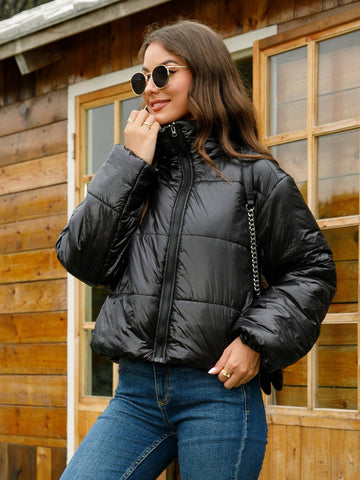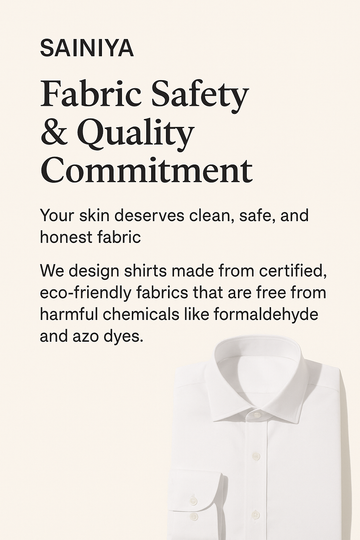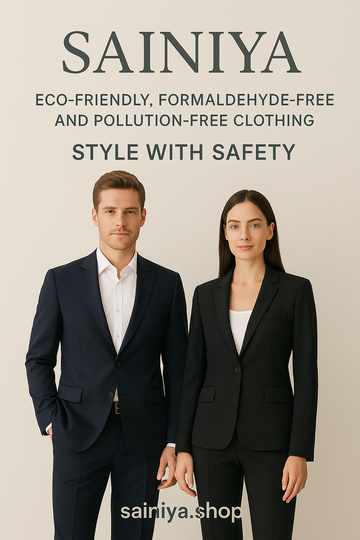Q1: What are the common styles of women’s jackets?
A: There are five main types:
Bomber Jacket: Casual and versatile.
Trench Jacket: Lightweight and elegant.
Moto Jacket: Bold and edgy.
Sport/Hooded Jacket: Functional and practical.
Blazer Jacket: Professional and tailored.
Q2: Why are fabrics important for jackets?
A: Fabric determines comfort, breathability, warmth, and durability, and directly affects skin safety when wearing the jacket.
Q3: What are common fabric components in jackets?
A:
Natural fibers: Cotton, wool, silk, linen → comfortable and breathable.
Synthetic fibers: Polyester, nylon, spandex → durable, windproof, and water-resistant.
Blends: Combine the benefits of natural and synthetic fibers for performance and texture.
Q4: What chemicals are often used in jacket production?
A: Common chemicals include:
Wrinkle-resistant agents (may contain formaldehyde);
Dyes (may contain heavy metals or azo compounds);
Waterproofing and stain-resistant agents (traditional PFAS coatings).
Q5: Which two chemicals are harmful to the skin?
-
Formaldehyde
-
Purpose: Wrinkle resistance, shrink prevention.
-
Risk: Can irritate the skin, cause allergies, and is linked to cancer risk.
-
Reference: CottonInc Report
-
-
Heavy Metals (e.g., Chromium, Lead, Cadmium)
-
Purpose: Used in dyes and pigments as mordants or stabilizers.
-
Risk: Can cause skin inflammation, allergies, and long-term exposure may harm the liver and kidneys.
-
Reference: Allergy Standards Study
-
Q6: How does SAINIYA prevent these issues?
A: SAINIYA implements the following measures:
Uses Oeko-Tex and GOTS certified fabrics, avoiding formaldehyde-based wrinkle-resistant agents.
Applies heavy-metal-free dyes, eliminating harmful azo compounds.
Uses eco-friendly waterproofing agents instead of PFAS-based coatings.
Conducts residue testing on every batch to ensure safety for sensitive skin.
Provides transparent ingredient information and care instructions.
Q7: What can consumers do?
A:
Wash new garments once before wearing to reduce chemical residues.
Choose brands that clearly indicate environmental and safety certifications.
Sensitive skin? Opt for jackets with higher proportions of natural fibers.
✅ Summary:
The appeal of women’s jackets lies not only in their style but also in fabric safety. Chemicals like formaldehyde and heavy metals pose risks, but SAINIYA ensures a fashion-forward, safe, and transparent production approach, giving women stylish yet healthy wardrobe choices.





